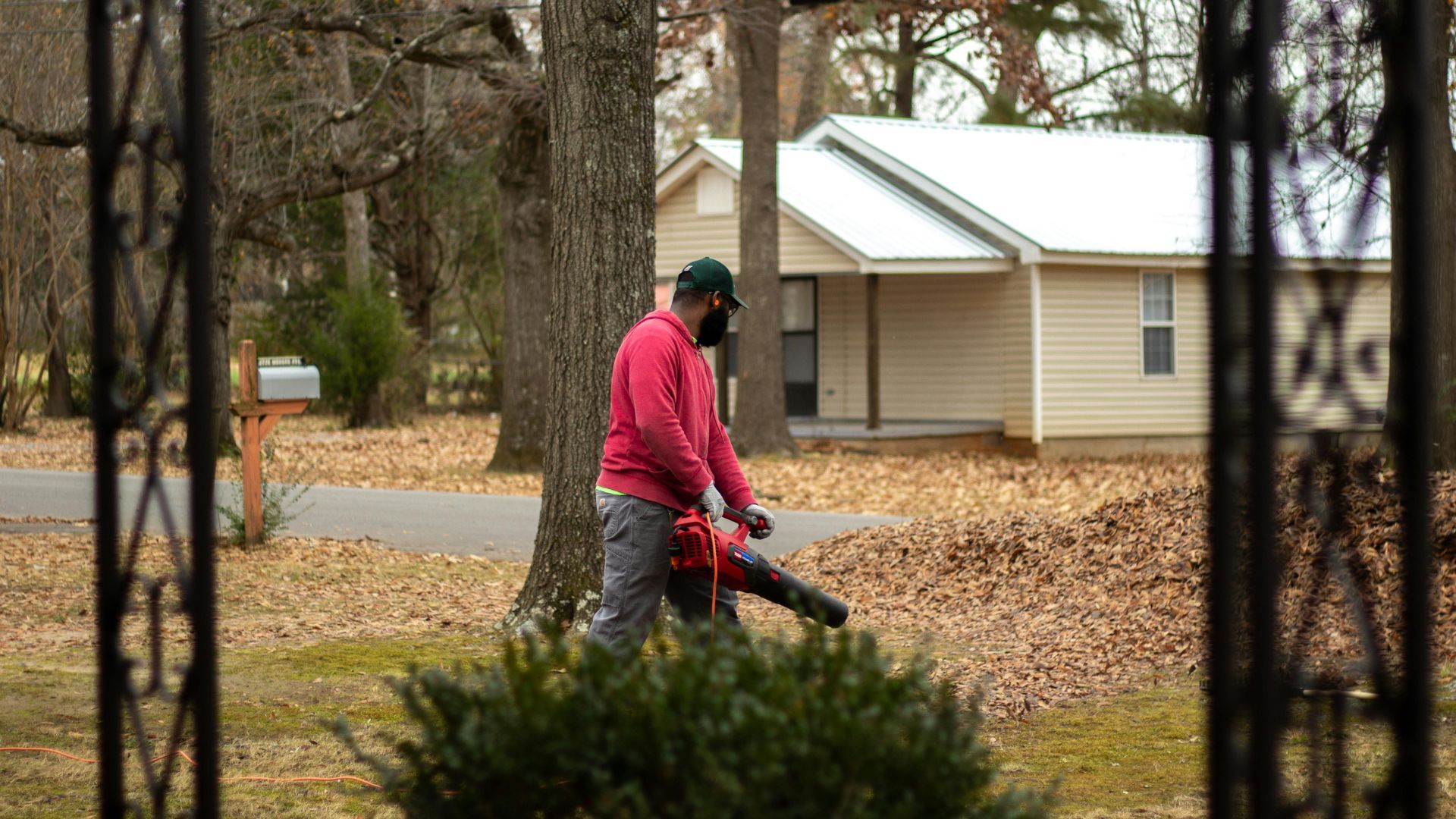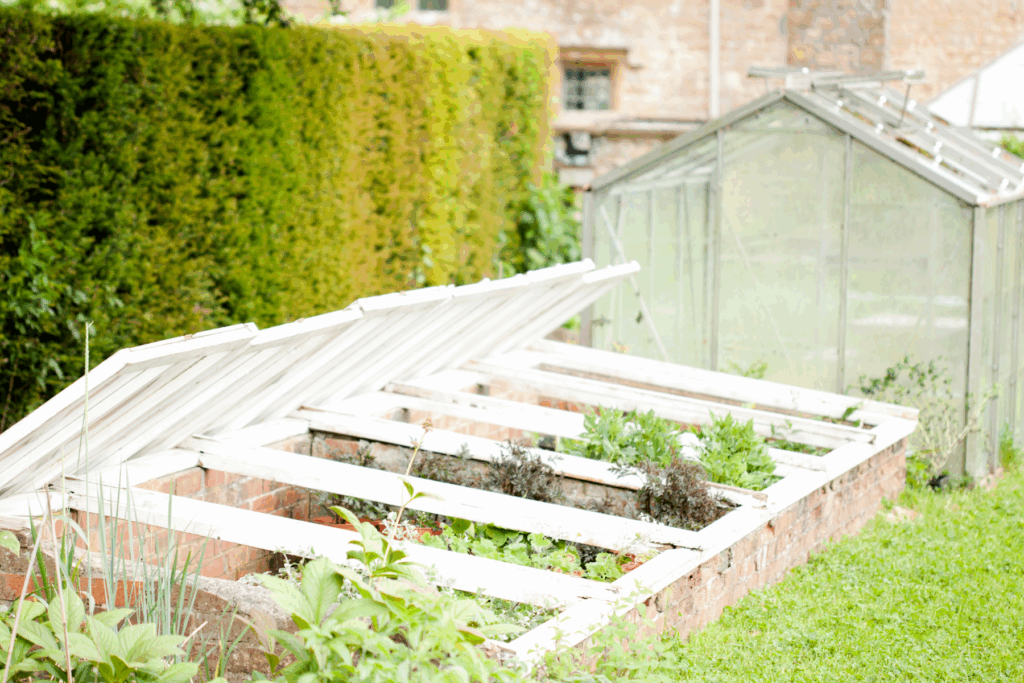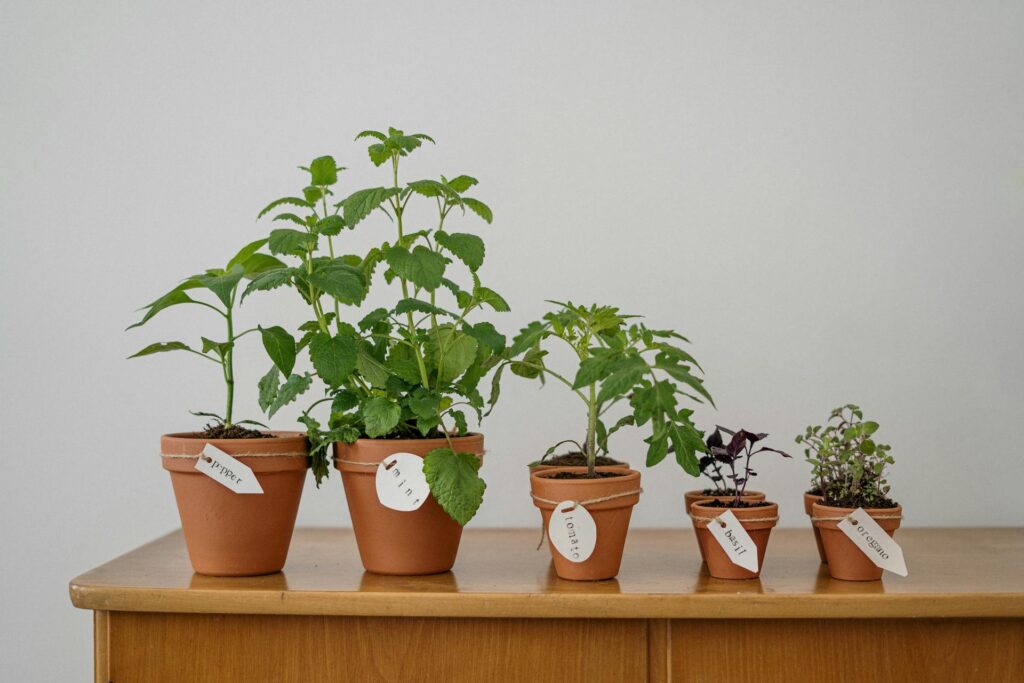As the days grow shorter and the nights turn crisp, your yard sends quiet signals that winter is on the way. Before the first freeze hits, there’s work to be done—but the good news is, fall prep now means less stress (and fewer surprises) come spring.
Tackling a few key tasks before temperatures drop helps protect your lawn, garden, and outdoor equipment. It’s also a chance to tidy up and put your yard to bed so it can rest and rebound when warmer weather returns.
Clean Up Leaves and Debris
Fallen leaves may look pretty, but leaving them piled on your lawn can lead to mold, dead patches, and blocked sunlight. Rake or mulch them to keep your grass healthy.
Use a mulching mower to chop them into tiny pieces that can decompose naturally and feed the soil. Or, bag and compost them for garden use later. Don’t forget to clear out gutters, flower beds, and walkways too.
Mow One Last Time
Give your lawn one final trim before the freeze. Set your mower blade slightly lower than usual—around 2 to 2.5 inches. This helps prevent matting under snow and reduces the risk of fungal diseases.
Avoid cutting the grass too short, though, which can stress the turf and make it vulnerable in cold weather.
Feed the Lawn
Fall is one of the best times to fertilize. A slow-release fertilizer with a high nitrogen content helps strengthen roots, repair summer damage, and prepare your lawn for winter dormancy.
Apply fertilizer when the ground is still soft and before the first hard frost. Water lightly afterward to help nutrients soak in.
Trim Trees and Shrubs
Heavy snow and ice can snap weak or overgrown branches. Trim back any limbs that hang over your home, driveway, or power lines. Also, remove dead or diseased wood from trees and shrubs.
Pruning encourages healthy growth in spring and helps protect structures from winter damage.
Protect Plants and Garden Beds
If you have perennials, cut them back and remove any diseased foliage. Mulch around the base of plants to insulate the roots and regulate soil temperature.
For tender plants or young trees, consider wrapping them in burlap or using protective plant covers. If you have raised beds or vegetable gardens, clean out the remaining plants and mix in compost to enrich the soil.
Read More: Best Shade Plants for Every Climate Zone
Drain and Store Garden Hoses
Leaving water in hoses can cause them to freeze, expand, and crack. Disconnect hoses from spigots, drain them thoroughly, and coil them for storage indoors or in a shed.
Also, shut off outdoor water valves and consider installing insulated faucet covers to prevent pipe damage.
Clean and Store Lawn Equipment
Before putting your mower, trimmer, and other tools away for the season, give them a good clean. Remove grass clippings, empty fuel tanks, or add stabilizer, and sharpen blades if needed.
Storing tools clean and dry prevents rust and ensures everything works when you pull it out again in spring.
Prepare Outdoor Furniture
Protect your investment in patio sets and decor by storing them inside or covering them with weatherproof tarps. Clean off any dirt or grime before putting them away.
If you can’t bring furniture indoors, stack and cover it to keep it dry and shielded from snow and ice.
Plant Fall Bulbs
Want spring flowers? Plant bulbs like tulips, daffodils, and crocuses in the fall before the ground freezes. Choose a sunny spot with well-draining soil and plant bulbs at a depth about three times their size.
Water well after planting, then let nature take over until spring.
Final Touches
Once the essentials are done, take a walk through your yard and make a note of any last details. Store kids’ toys, drain birdbaths, and check fences for loose posts. A little attention now can save you time and money when winter hits hard.
Getting your yard ready for winter isn’t just about cleanup—it’s about protection and preparation. These simple steps help you preserve your landscape, protect your tools, and start spring with a clean slate.
So grab a rake, roll up your sleeves, and knock it out while the sun’s still shining. Your future self—and your yard—will thank you.
Read More: Container Gardening: Grow Herbs Anywhere



